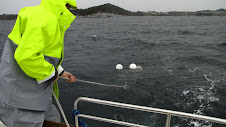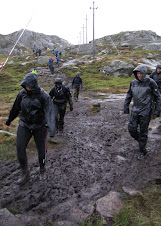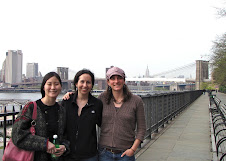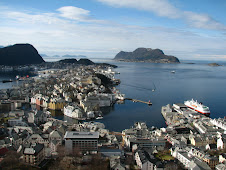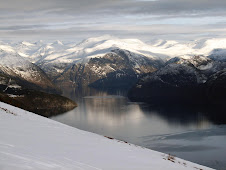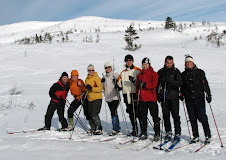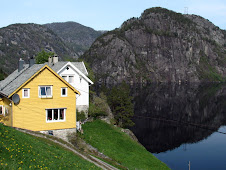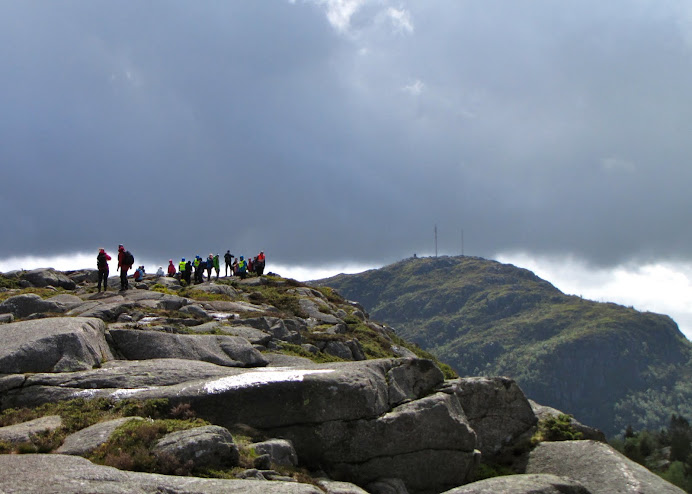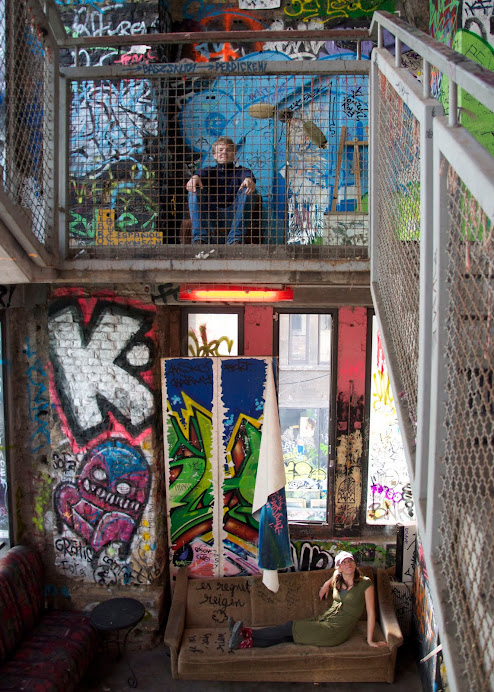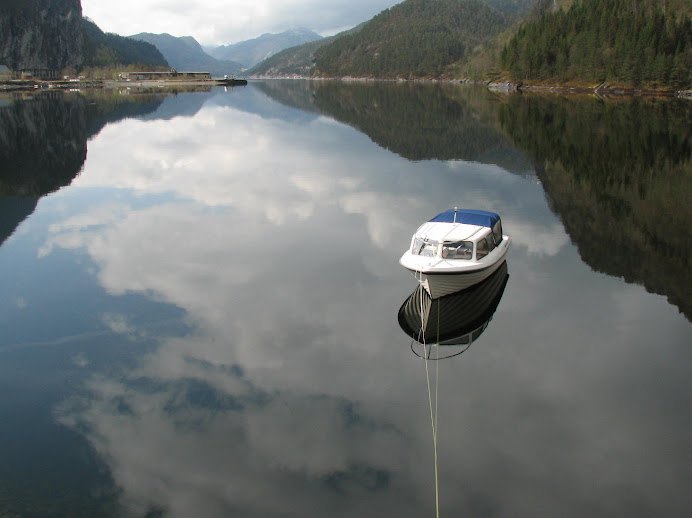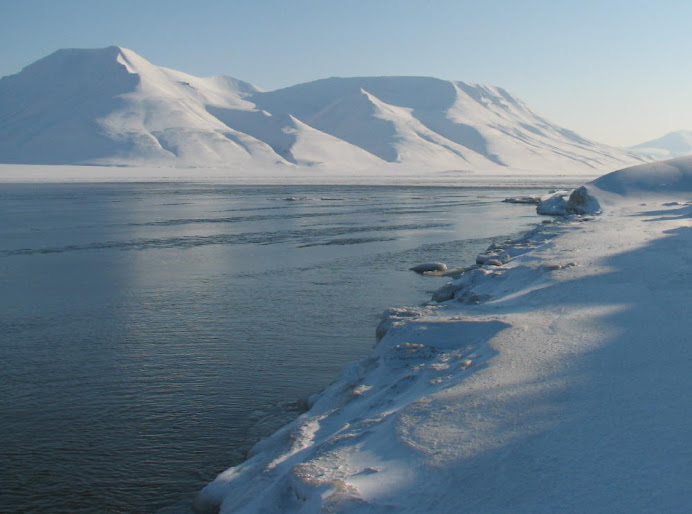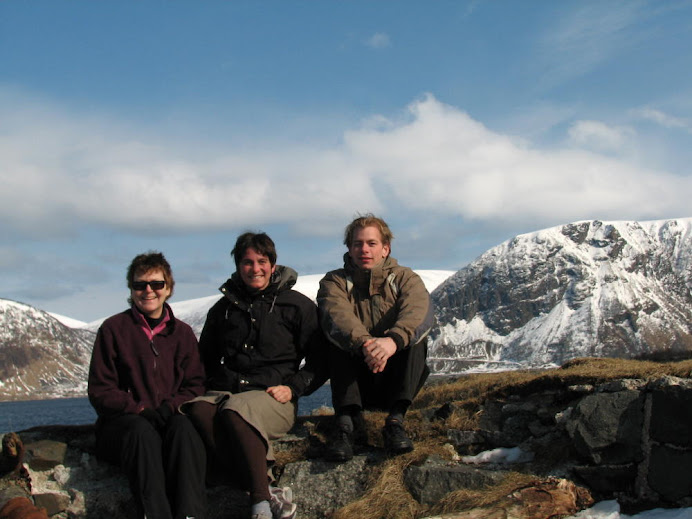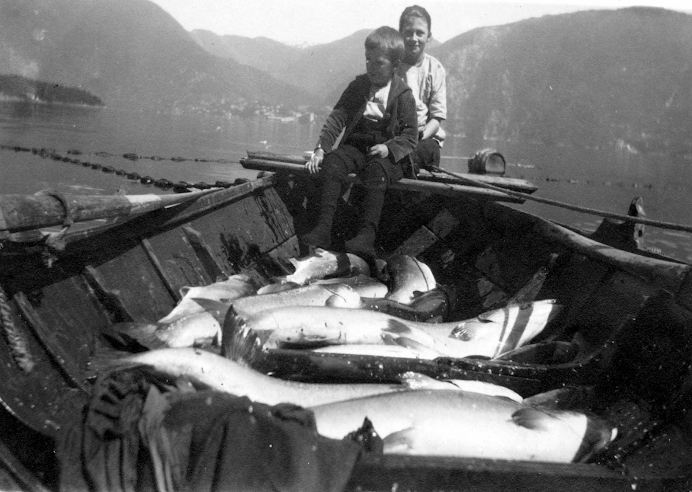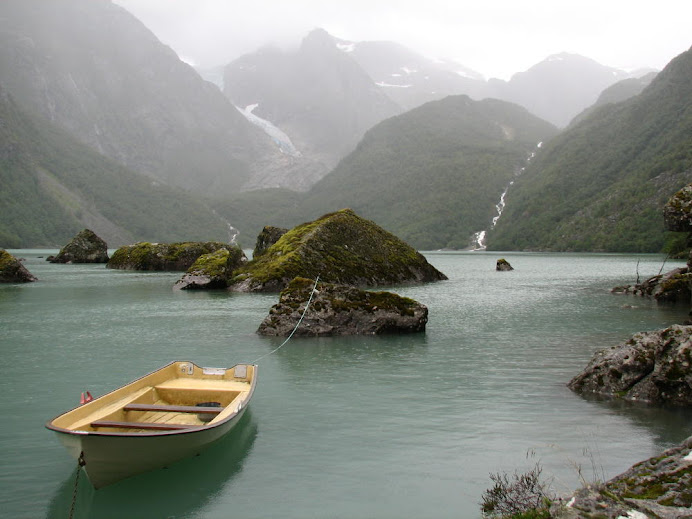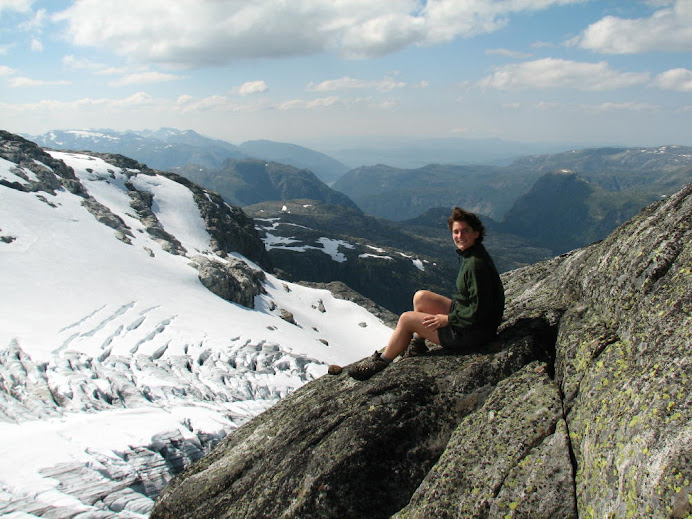This year is dedicated to learning about the status of wild salmon in Norway, what restoration efforts are underway to recover salmon runs that have declined, and researching how important recovery efforts are to the Norwegian people.
My project has two parts: to participate in restoration work, and to conduct social science fieldwork in an effort to qualitatively and quantitatively describe the importance of wild salmon to people – both the fishermen themselves and Norwegian people generally. My research is focused along the watershed of the Vosso River to the north of Bergen. The Vosso River historically produced some of the largest Atlantic salmon in the world, averaging 10.9 kilos, compared to an average of 9.8 kilos of salmon caught along the coast. Some of the fish made it up to above 30 kilos. (They were not quite as big as the biggest King Salmon, but very close…)
There was a drastic and largely unexpected decline in the Vosso salmon stock in the late 1980s. Because there were so many factors contributing to this decline simultaneously, it is difficult to pinpoint one main factor. It was certainly a combination of pollution from industry, road building and dredging upstream, as well as fishing pressure, escaped salmon from the farmed salmon industry and elevated sea lice levels due to the same. Restoration efforts today involve smolt production at the Voss Hatchery, and research to determine which of these factors are most deletrious, and thus how restoration efforts should continue to be focused. One exciting new development is that a network of fish farming companies located along the watershed has agreed to participate in restoration efforts through financing increased smolt production in coming years.
I have been out in the field most of January and February, mainly interviewing old fishermen. I am talking with people along the entire watershed, including fishermen from the river, fjord and coast and fish farmers, all with very different experiences of the salmon resource. There have historically been disagreements between groups of fishermen over who should get to catch the limited number of fish. Now the salmon have all but vanished from this watershed, and I am interested in the way these different groups of fishermen, as well as researchers, other local people, and particularly the farmed salmon industry, participate in the restoration of the resource and interact with one another.
Salmon and sea trout fishing is the jewel of the Norwegian sportfishing industry, and river landowners in Voss and Bolstad historically made significant money from renting their sections of river to rich Englishmen. If salmon restoration is successful in the Vosso River, these landowners stand to gain significant income from this sportfishery once again.
Salmon was an important source of income for fjord fishermen along the Vosso watershed in addition to farming and other industries. It was here that a very special fishing method and gear developed, called the sitjenot. Small huts were built into the sides of the fjord or up on stilts above the current (see photos to the right). Fishermen would sit in these towers and watch for fish swimming into the nets below – when there were fish, they would release weights from the tower that caused the net to rise up and trap the fish inside.
Fjord fishermen and coastal fishermen also used a gear called ‘kilenot,’ which was fished from land, and used a 'leading net' to direct fish into a fish trap. The kilenot was an improvement upon the krokgarn (hooked net), which is also still in use along the coast. A driftnet fishery for salmon started in the 1960s, and continued until the mid 1980s when it became prohibited due to declines in salmon stocks. Driftnet fishermen were diversified; in addition to salmon fishing, they had other kinds of gear and often other boats to pursue cod, mackerel, herring, tuna, sardines, and others. The salmon fishery even at its peak was nothing like Alaska. Most days fishermen would catch 1-15 fish, and 50-100 on a really good day.
Friday, February 22, 2008
Sunday, February 3, 2008
Into the Backcountry
A very cool thing about Norway is the train, and the fact that the train passes through long stretches of uninhabited mountains and high plateaus (uninhabited save for the occasional hytta). You can grab your skis, ride comfortably to over 1000 meters above sea level, get off at your desired starting point and just start skiing.
The snowpack is deep and getting deeper by the week. I went with the University of Bergen’s outdoors club last weekend to refresh my avalanche awareness skills, dig a bunch of snow profiles and practice route-finding.
The hytta we stayed in was classic: dirty and cold, with a little wood stove. I have apparently lived an extremely sheltered life, because I have never learned how to chop ice-cold wood into kindling with a rusty, dull ax - the Norwegians took the ax from me and showed me how it was done... not effortless, but successful. But in spite of the chill, there was great warmth and joviality around the table with candles and warm food, warm drinks and stories of the snow.
It was a blizzard on Friday and Saturday, but surprisingly the snow was pretty stable where we were with no significant weak layers in our profiles. The temperature had been pretty stable, and the snow was binding together fairly well. On Sunday the sun came out and we went on a beautiful tour, including some amazing powder skiing on the way down to catch the train back to Bergen.
The snowpack is deep and getting deeper by the week. I went with the University of Bergen’s outdoors club last weekend to refresh my avalanche awareness skills, dig a bunch of snow profiles and practice route-finding.
The hytta we stayed in was classic: dirty and cold, with a little wood stove. I have apparently lived an extremely sheltered life, because I have never learned how to chop ice-cold wood into kindling with a rusty, dull ax - the Norwegians took the ax from me and showed me how it was done... not effortless, but successful. But in spite of the chill, there was great warmth and joviality around the table with candles and warm food, warm drinks and stories of the snow.
It was a blizzard on Friday and Saturday, but surprisingly the snow was pretty stable where we were with no significant weak layers in our profiles. The temperature had been pretty stable, and the snow was binding together fairly well. On Sunday the sun came out and we went on a beautiful tour, including some amazing powder skiing on the way down to catch the train back to Bergen.
Subscribe to:
Posts (Atom)


